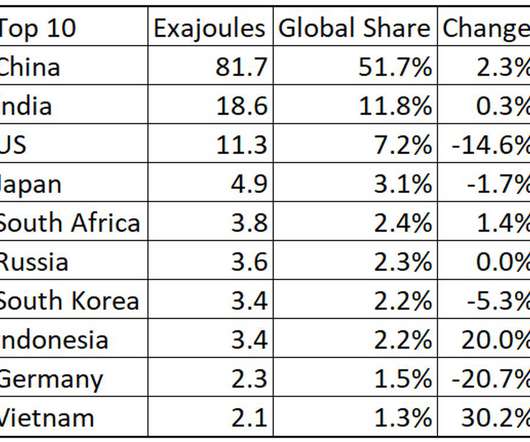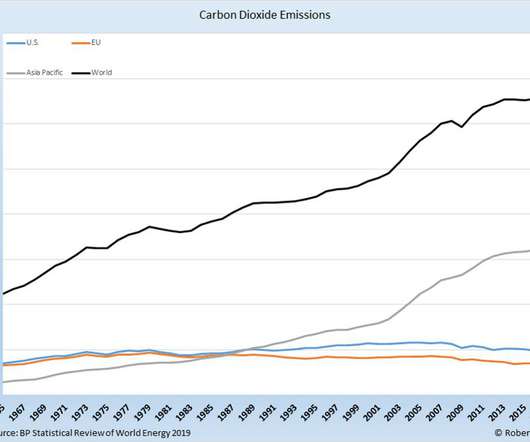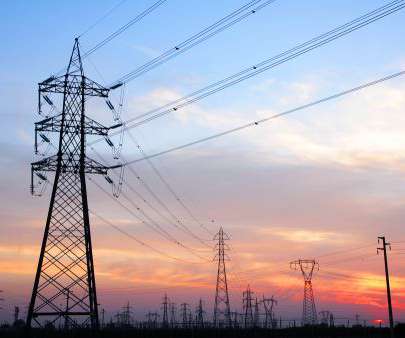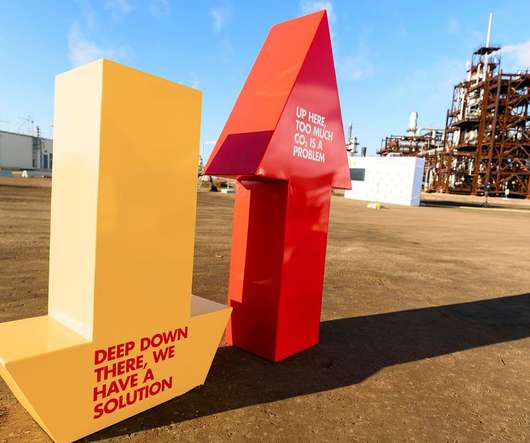Southern Company Commits to Net-Zero Carbon by 2050, but Seeks New Gas Plants for Now
GreenTechMedia
MAY 27, 2020
utilities in setting a net-zero carbon target for 2050, aiming to balance the emissions from its sizable fossil fuel-fired generation fleet and sprawling natural gas business with reductions to be gained by expanding its portfolio of renewable energy and energy efficiency. Southern Company has joined other major U.S.

















Let's personalize your content